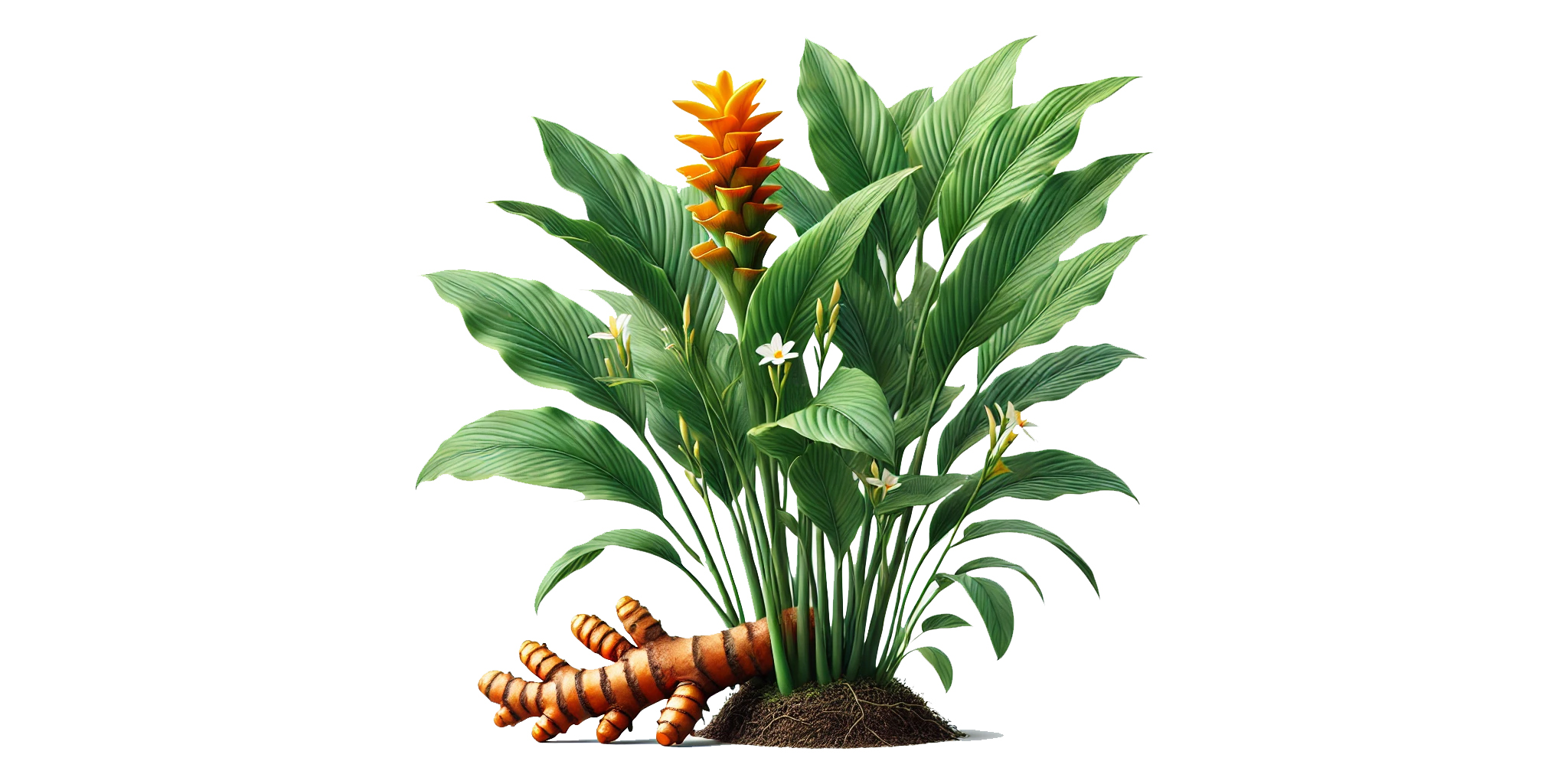Your cart is currently empty!
Turmeric – A Gift of God to India
—

Turmeric, known as “haldi” in Hindi, is a bright yellow spice that has been an integral part of Indian culture for centuries. It’s not only a staple in Indian kitchens but also revered for its medicinal properties. Let’s delve into the fascinating journey of turmeric, from its origins to its modern-day significance.
Origin of Turmeric
Turmeric (Curcuma longa) is native to the Indian subcontinent and Southeast Asia. It has been used in India for over 4,000 years. The first known use of turmeric was by the Harappan civilization in the Indus Valley around 2500 BCE. These ancient people identified its beneficial uses for food preservation and medicinal purposes. The Sanskrit text “Atharvaveda” from around 1000 BCE mentions turmeric as an important spice and healing agent.
Chemistry of Turmeric
Turmeric’s active compounds are called curcuminoids, with curcumin being the most significant. Curcumin gives turmeric its vibrant color and is responsible for most of its health benefits. Other important chemicals in turmeric include demethoxycurcumin, bisdemethoxycurcumin, and volatile oils like turmerone, atlantone, and zingiberene. These compounds have powerful antioxidant, anti-inflammatory, and antimicrobial properties, which influence our biochemistry positively.
Historical Significance of Turmeric
Turmeric’s historical significance is well-documented in various ancient texts. In addition to the “Atharvaveda,” it is mentioned in the “Sushruta Samhita” and “Charaka Samhita,” two foundational texts of Ayurvedic medicine, dating back to 500 BCE. These texts describe turmeric as a potent healer for various ailments, including digestive issues, skin conditions, and respiratory problems.
The Atharvaveda, one of the four Vedas of Hinduism, is a significant ancient Indian text that dates back to around 1000 BCE. It is known for its hymns and incantations, often addressing medicinal plants and their uses. Turmeric is mentioned in this text for its healing properties, particularly its use in rituals and treatments. “Atharvaveda,” Book 4, Hymn 13. The text refers to turmeric as a purifying agent used in various rites and rituals. It highlights turmeric’s role in healing skin conditions and its use as an antiseptic.
The Sushruta Samhita is an ancient Sanskrit text on medicine and surgery, attributed to the physician Sushruta. This foundational text of Ayurveda, dating back to around 600 BCE, provides extensive details on various medical treatments, including the use of turmeric. “Sushruta Samhita,” Sutrasthana, Chapter 38, Verse 10. Turmeric is described as a potent anti-inflammatory and antiseptic agent. It is recommended for treating skin disorders, wound healing, and digestive issues. The text emphasizes the application of turmeric paste on wounds to prevent infection and promote faster healing.
The Charaka Samhita, another cornerstone of Ayurvedic literature, is attributed to the sage Charaka and dates back to around 300 BCE. It is one of the earliest and most comprehensive texts on internal medicine. “Charaka Samhita,” Sutrasthana, Chapter 1, Verse 69. Turmeric is highlighted for its role in balancing the body’s doshas (vata, pitta, and kapha) and its effectiveness in treating respiratory conditions, digestive problems, and skin diseases. The text details the preparation and administration of turmeric in various forms, including powders, pastes, and decoctions.
Traditional Uses of Turmeric
Traditionally people used turmeric in numerous ways:
- Medicinal Uses: It was applied to wounds for its antiseptic properties, used in poultices to reduce inflammation, and consumed to boost immunity.
- Culinary Uses: Turmeric has been a crucial spice in Indian cuisine, used in curries, rice dishes, and beverages.
- Religious and Cultural Uses: Turmeric paste is used in religious ceremonies, weddings, and other rituals. It symbolizes purity, fertility, and prosperity.
- Cosmetic Uses: Turmeric has been used in beauty treatments to improve skin tone and reduce blemishes.
Nutritional Aspects of Turmeric
Turmeric is rich in vitamins and minerals, including:
- Vitamins: Vitamin C, Vitamin B6, and Vitamin E.
- Minerals: Iron, potassium, and manganese.
- Fiber: Turmeric is a good source of dietary fiber.
These nutrients contribute to its overall health benefits, such as enhancing digestion, supporting immune function, and providing anti-inflammatory effects.
Turmeric and Parkinson’s Disease
Interestingly, the prevalence of Parkinson’s disease is significantly lower in India compared to Western countries. Research suggests that this may be linked to the regular consumption of turmeric in Indian households. Curcumin has been shown to cross the blood-brain barrier and exhibit neuroprotective effects. Studies indicate that curcumin can reduce oxidative stress and inflammation, which are key factors in the development of Parkinson’s disease.
Turmeric is truly a golden treasure from India, with its roots deeply embedded in ancient traditions and modern science. Its medicinal properties, nutritional value, and cultural significance make it a remarkable spice that continues to benefit health and well-being.
References
- Ahmed, T., & Gilani, A. H. (2014). Curcumin and neurodegenerative diseases: a review. Current Pharmaceutical Design, 20(5), 308-317.
- Hewlings, S. J., & Kalman, D. S. (2017). Curcumin: A Review of Its’ Effects on Human Health. Foods, 6(10), 92.
- Prasad, S., & Aggarwal, B. B. (2011). Turmeric, the Golden Spice: From Traditional Medicine to Modern Medicine. In Herbal Medicine: Biomolecular and Clinical Aspects (2nd ed.). CRC Press/Taylor & Francis.
